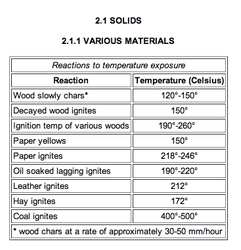OK - I have looked up the chimney and feel I am burning good wood at an adaquate temp to limit creosote and that makes me happy. I am now wondering how hot the back wall can get?
The pics show my hearth I built. I have 1x slats screwed to the wall with 1/2" cement board screwed to them. I mortered 9x4x4 solid brick street pavers to the cement board. You can see my home brew make shift heat test I am using with 3 candles on the hearth and they barely melt at all. Actually the only one that shows any sign of melt is the center one right behind the stove pipe and that is just a little slipperyness inside the glass and not really melting. I was told by my TV people that if a candle does not melt sitting on or near my flat screen it will be ok. I have it hanging on the wall with another candle on top of it.
I just worry about the wall behind the hearth. I hung a meat theromometer probe I use in my smoker in the gap behind the brick hearth in a few locations and the hottest it got was 127 degrees. This is when I am running my stove steady at 350 and I will retest when I am running it hotter. Held directly to the painted drywall behind the stove pipe is only about 100-103 but behind the bricks is where I get concerned.
Anyone know if this is normal - hot - scary? no big deal?



The pics show my hearth I built. I have 1x slats screwed to the wall with 1/2" cement board screwed to them. I mortered 9x4x4 solid brick street pavers to the cement board. You can see my home brew make shift heat test I am using with 3 candles on the hearth and they barely melt at all. Actually the only one that shows any sign of melt is the center one right behind the stove pipe and that is just a little slipperyness inside the glass and not really melting. I was told by my TV people that if a candle does not melt sitting on or near my flat screen it will be ok. I have it hanging on the wall with another candle on top of it.
I just worry about the wall behind the hearth. I hung a meat theromometer probe I use in my smoker in the gap behind the brick hearth in a few locations and the hottest it got was 127 degrees. This is when I am running my stove steady at 350 and I will retest when I am running it hotter. Held directly to the painted drywall behind the stove pipe is only about 100-103 but behind the bricks is where I get concerned.
Anyone know if this is normal - hot - scary? no big deal?


